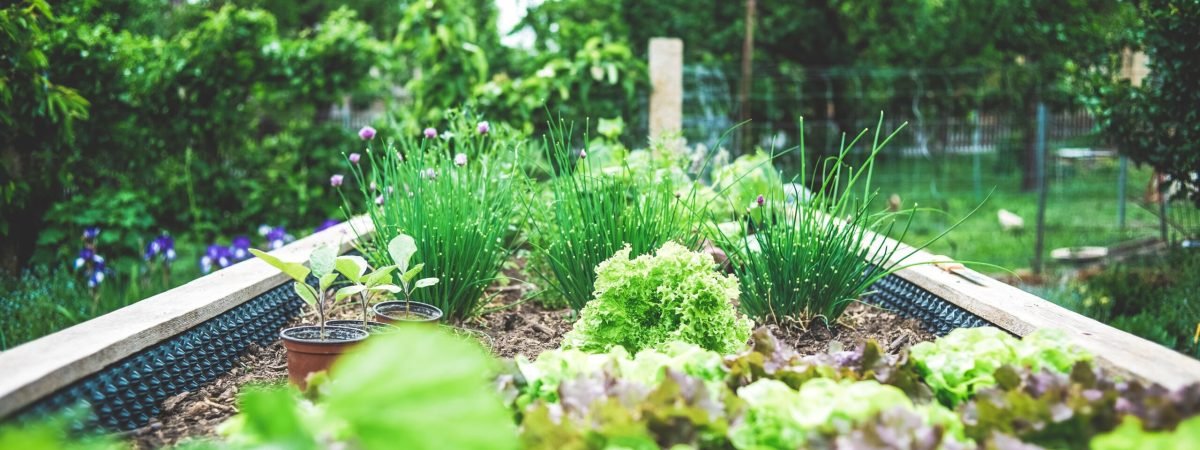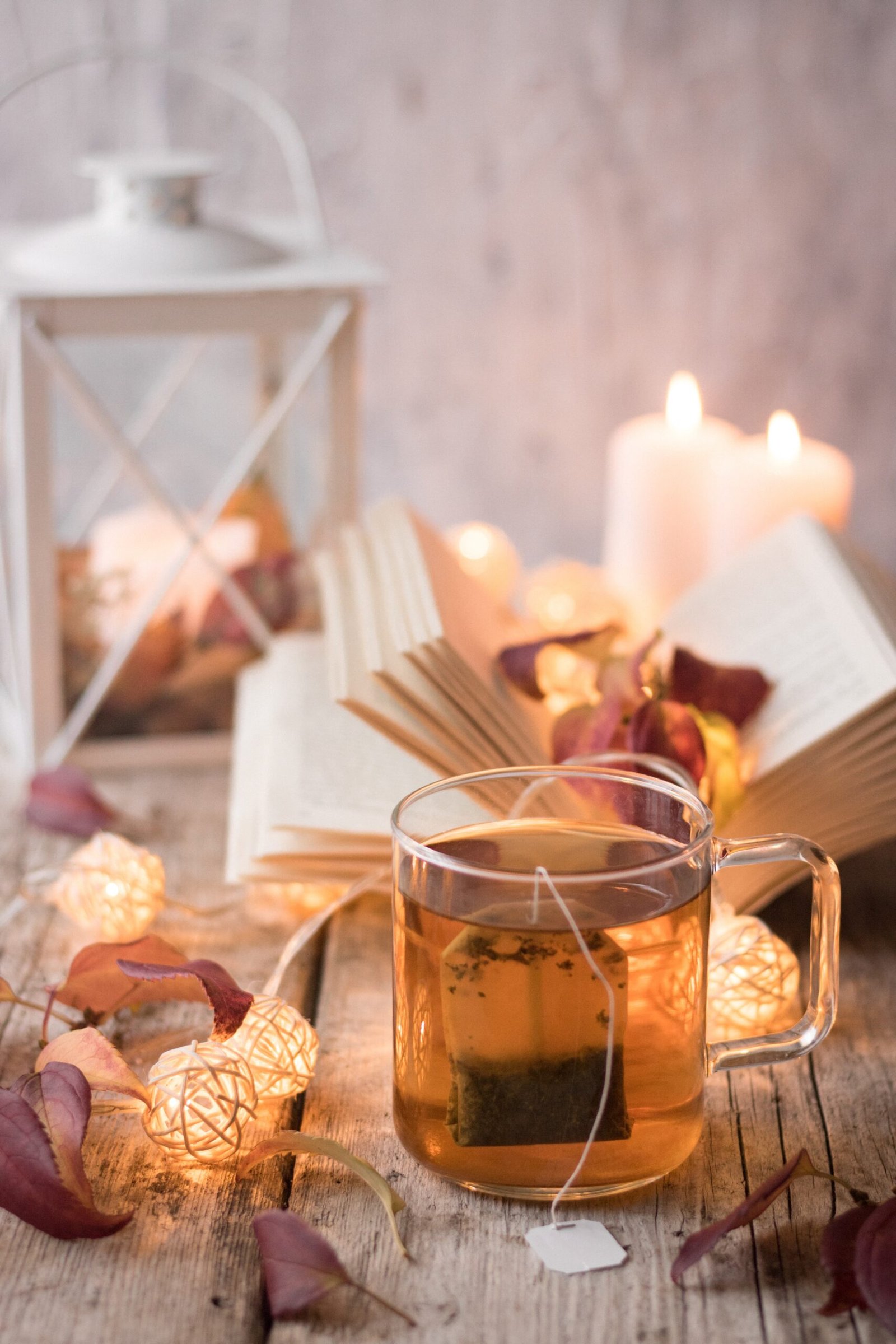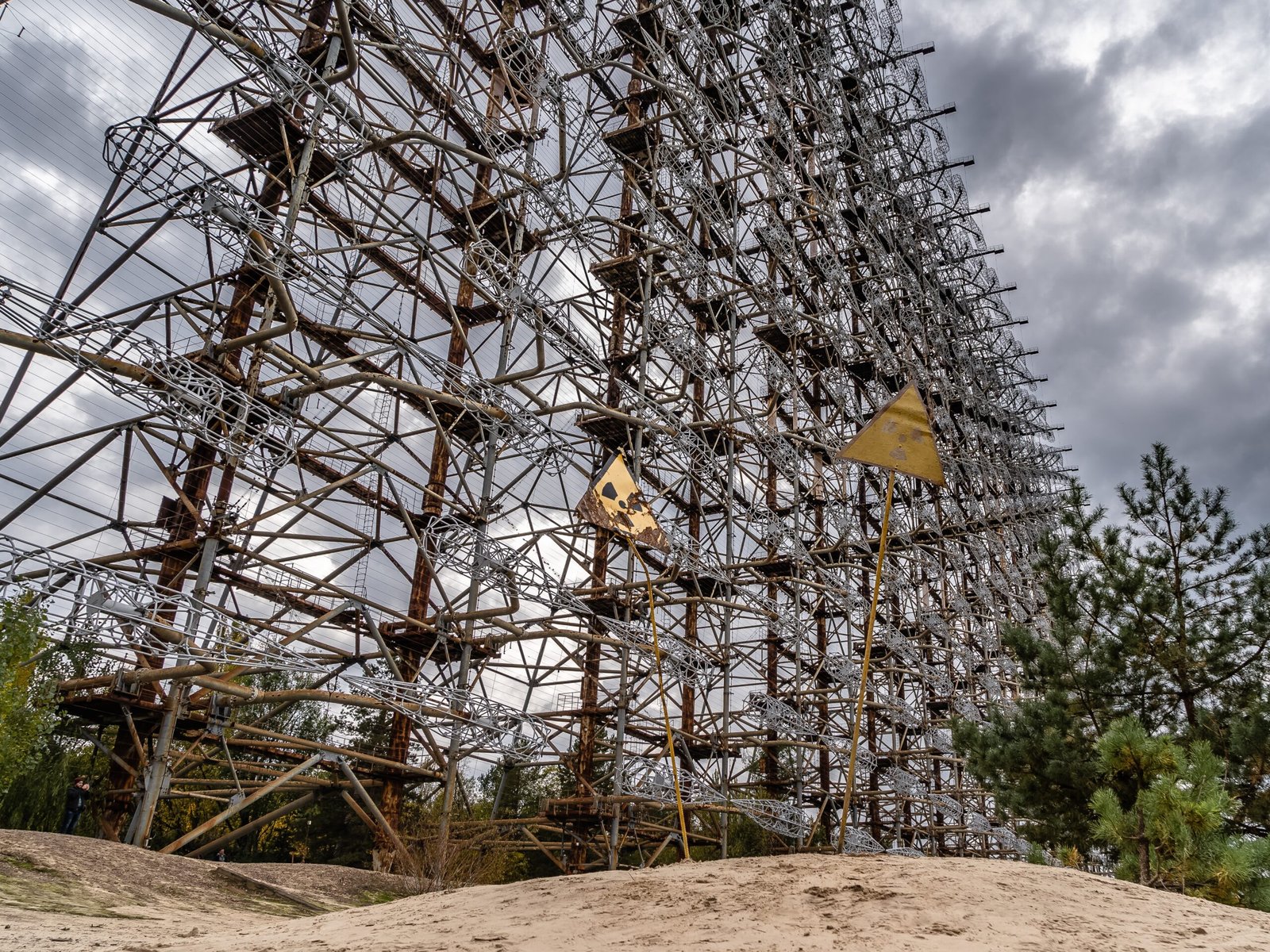Urban gardening has become increasingly popular as more people are living in apartments or houses with limited outdoor space. However, just because you have a small space doesn’t mean you can’t enjoy the benefits of gardening. With the right strategies, you can create a thriving garden in even the smallest of spaces. In this article, we will share some tips on how to maximize small spaces for urban gardening.
1. Choose the Right Plants
When you have limited space, it’s important to choose plants that are well-suited for small gardens. Opt for compact varieties of vegetables, herbs, and flowers that don’t require a lot of space to grow. Look for plants that can be grown vertically, such as vine plants or those that can be trained to grow on trellises or walls.
2. Utilize Vertical Space
One of the best ways to maximize a small garden is to utilize vertical space. Install hanging baskets, wall-mounted planters, or vertical gardening systems to grow plants vertically. This not only saves space but also adds visual interest to your garden. You can grow herbs, strawberries, or even small vegetables like cherry tomatoes in hanging baskets or wall planters.
3. Use Containers
Containers are a great solution for small spaces as they allow you to grow plants in a confined area. Choose containers of different sizes and shapes to add variety to your garden. Make sure the containers have drainage holes to prevent waterlogging. You can grow a variety of plants in containers, from herbs and flowers to small vegetables.
4. Optimize Natural Light
Most plants require at least 6 hours of sunlight per day to thrive. If your garden is in a shady area, consider placing your plants near windows or on balconies where they can get maximum sunlight. You can also use reflective surfaces, such as mirrors or white walls, to bounce light onto your plants and increase their exposure to sunlight.
5. Practice Succession Planting
Succession planting is a technique where you plant crops in intervals to ensure a continuous harvest. This is especially useful in small gardens where space is limited. As soon as one crop is harvested, you can replant the area with a new crop. This way, you can make the most of your limited space and enjoy a steady supply of fresh produce throughout the growing season.
6. Companion Planting
Companion planting is the practice of planting different crops together to maximize space and improve plant health. Some plants have natural pest-repellent properties or provide shade to other plants. For example, you can plant marigolds to deter pests or grow tall plants like corn to provide shade for smaller plants. By strategically planting different crops together, you can make the most of your small space and promote a healthy garden ecosystem.
7. Vertical Herb Garden
Herbs are a popular choice for urban gardens due to their compact size and versatility. Create a vertical herb garden by using a wall-mounted planter or repurposing a pallet. Plant different herbs in each pocket or slot, and you’ll have a convenient and space-saving way to grow fresh herbs for cooking.
8. Make Use of Balconies and Rooftops
If you have access to a balcony or rooftop, make the most of these spaces for gardening. Install railing planters or hanging baskets to grow plants vertically. Consider using lightweight containers to minimize the load on the structure. Before starting a garden on your balcony or rooftop, check with your building management or landlord to ensure it is allowed and safe.
9. Watering and Drainage
Proper watering and drainage are crucial for the success of your urban garden. Make sure your containers have drainage holes to prevent water from pooling. Water your plants regularly, but be mindful not to overwater. Consider using a drip irrigation system or self-watering containers to make watering more efficient and convenient.
10. Get Creative with Design
Lastly, don’t be afraid to get creative with your garden design. Use colorful containers, vertical trellises, or decorative elements to add visual interest to your small space. Incorporate seating areas or create a cozy nook where you can relax and enjoy your garden. The key is to make the most of your limited space and create a garden that reflects your personal style.
With these tips, you can transform even the smallest of spaces into a thriving urban garden. Whether you have a balcony, rooftop, or just a windowsill, there’s always a way to enjoy the beauty and benefits of gardening.















